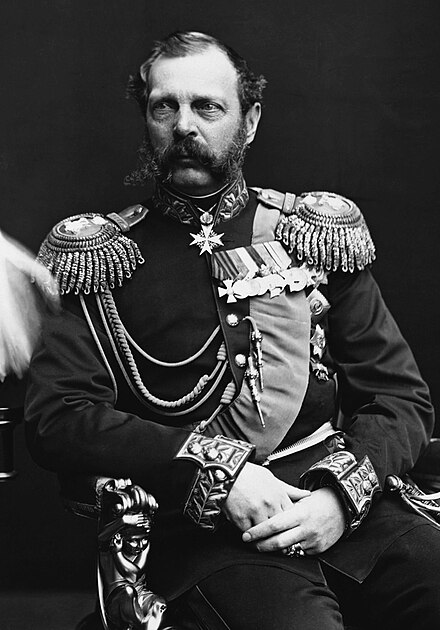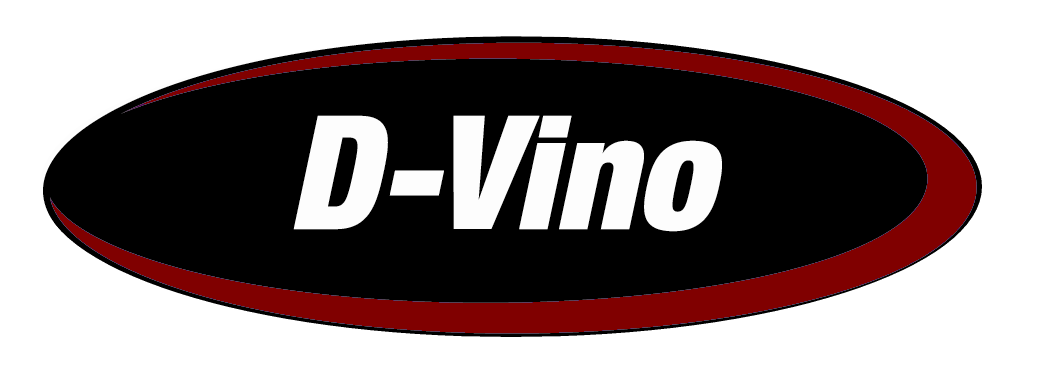I occasionally have strangers regularly confess to me, with more than a little embarassment, that they don’t really like Champagne. Whenever I hear this, I experience an overwhelming sense of empathy. For a long time, early in my wine-drinking explorations, I didn’t like Champagne either. But I eventually learned that my problem wasn’t that I didn’t like Champagne. My problem was that I had never had a really good one.
Personally, I’d bet that there are an awful lot of people out there in the world dutifully celebrating with $20 to $35 bottles of Champagne but not really understanding what the fuss is all about. They open their orange-labeled bottles, think it tastes ok, but not great, and wonder why people like me speak about Champagne as one of the world’s greatest wines, blah, blah, blah.
The problem is that really good Champagne is just so damn expensive. Too expensive, really. In a world where most people consider it a serious splurge to pay $50 for a nice bottle of wine at a local wine store, paying $60 to $100 for a seriously nice bottle of Champagne is not easy to stomach. Nevermind paying $300 or more for a bottle.
It wasn’t until I started going to larger public and industry trade-and-media tastings that I got to experience some of the world’s top Champagnes, and I had that light-bulb moment. I can still remember the “Oh, damn…” experience of tasting Dom Perignon or Krug Grand Cuvee for the first time, and realizing just how amazing great Champagne can be.
All of which brings me to today’s topic, the extremely famous Champagne named Cristal.

I believe my first taste of Cristal was probably at the annual Wine & Spirits Top 100 Tasting more than a decade ago. Up until that point I knew of it only by reputation, in particular for being featured in Rap and R&B lyrics. Thank you, Jay-Z.
Despite my interest in wine, Cristal existed more for me in the realm of pop culture than it did in any sort of wine framework. Not unlike, if you’ll forgive the Lorde reference, a Maybach automobile. I’ve never seen one, certainly never driven one, but vaguely know they’re a peak of luxury.
I’ve never bought a bottle of Cristal myself (and I’m not likely to do so for the foreseeable future) so my tastes of the stuff have all been at wine tasting events, until a couple of months ago when a bottle of the 2014 showed up on my doorstep as a press sample. And, well, here we are.

The History of an Icon
Champagne Louis Roederer can trace its history back to the year America declared independence from Britain. In 1776, the Dubois family founded Dubois Père et Fils, and operated for nearly 60 years before it was inherited in 1833 by a young Louis Roederer, who changed the name and began a family legacy of producing Champagne that continues into its seventh generation today.
Roederer would be notable purely for its continuous family ownership in today’s era of corporate luxury goods portfolios, but it clearly stands apart from almost every other top Champagne producer for a whole host of reasons.
For starters, Roederer actually owns and farms its own vineyards, the only one of the great Champagne houses to do so for the majority of its production. Only one of Rogederer’s wines is made from purchased fruit, the rest come from the house’s 593 acres of vineyards spread amongst the grand cru and premiere cru villages of the Champagne region.

What’s more, Roederer farms nearly 200 of those acres biodynamically and most of the remaining acres organically, an approach which is still both uncommon and difficult in Champagne. Many acres are plowed only by horse.
Roederer is also the only leading Champagne house that maintains its own vine nursery which it uses to propagate a massale selection of its best vine material. The winemaking team, led by chef du cave Jean-Baptise Lécaillon, divides the house’s vineyard holdings into 410 distinct parcels, each of which is farmed and vinified as an individual.

Image: Wikipedia
Roederer has been a leading Champagne house for more than 150 years, which is perhaps why in 1876 Tsar Alexander II of Russia asked Roederer to create a special bottling for him and him alone. In response, the house created Cristal, named for both the inherent qualities of the wine itself, as well as the distinctive transparent lead-crystal bottle selected to mark the product as special.
Presumably the Tsar got to enjoy a couple vintages of this wine before he was assassinated by a hand-thrown bomb in 1881 on his way to a ceremonial military function. Let’s hope so anyway.
The first incarnation of Cristal expired rather too quickly. But it would be reborn sixty four years later as the winery’s top product in a 1945 commercial bottling bearing the same name and a beautifully transparent glass bottle.
It has been made ever since.
What You Are Drinking When You Drink Cristal
Cristal is usually made from the Roederer’s 45 most precious, chalk-driven parcels in the villages of Cramant, Mesnil-sur-Oger, Verzenay, Avize, Verzy, Beaumont-sur-Vesle, Aÿ, and Mareuil-su-Aÿ. These 45 specific parcels are reserved for Cristal each year, though others may make it into the blend as vintage conditions allow. Roughly a third of these parcels are vinified in large oak foudres, while the rest ferment in steel tanks.
The wine is usually prevented from going through malolactic fermentation, and is a blend of both Chardonnay and Pinot Noir, with Pinot Noir usually making up 60% or more of the blend. The varietal proportions, just as the specific parcel selections, shift slightly to accommodate the vintage, guided by the nearly constant tasting of Lécaillon and his team between December and March after each harvest.
For many prestige cuvées at top Champagne houses that are made up of multiple vintages, the art of blending is a balance between current vintage wines and older reserve wines, aiming to reproduce a consistent house style, but not so with Cristal, which ends up being an expression of something much more singular.
Each element of the final assemblage is an expression of a slice of Champagne terroir in the same, single vintage. Lécaillon and his winemaking team work to put together the highest expression of what their best plots can achieve in a given year.
Once assembled, the final blend undergoes its secondary fermentation in bottles and ages on the lees for a minimum of 6 years, and then another 8 months after disgorgement and dosage. It receives usually 6 or 7 grams per liter of dosage.
For all the time spent on its lees, Cristal remains a chiseled expression of the region’s limestone soils as expressed by Pinot and Chardonnay. The vintage determines just how open, expressive, and generous the wine will be in its youth, often with significant variation in personality from year to year.
Noted Champagne expert Peter Liem has called Cristal “perhaps the most misunderstood wine in Champagne,” because he believes that the wine must be aged for 10 to 20 years after release to reveal its true complexity.
My own limited tasting experience aligns with that point of view. The 2014 that I tasted below is frankly, too young to drink, and does not yet possess its full breadth and depth, while the 2009 I tasted out of double magnum recently was just beginning to hit its stride.
Few people can afford to pay $300 for a bottle of champagne at a store, let alone two to three times that price in a restaurant. But if you can, you can also afford to wait, and drink these wines when they are actually ready to tell you their full story.
The wine world sadly only gets more rarefied as time goes on. I have a greater propensity to spend money on wine than most, yet I am far from being able to afford some of the world’s greatest wines, including this one. That said, top Champagnes like Cristal are much more affordable than top Burgundies, and are made in quantities that allow mere mortals to find and buy them much more easily than many other upper-echelon wines.
I consider myself quite lucky to have tasted Cristal the few times I have, and I expect to continue to feel the same way for rest of my upper-middle-class life. There’s a part of me that hopes to never forget that there was a time when Cristal only existed for me in the lyrics of a song.
Here are some notes on various vintages of Cristal, most tasted within 1-2 years of release, with the exception of the 2009, which I tasted recently.
Tasting Notes

2014 Louis Roederer “Cristal” Brut Champagne, France
Pale gold in the glass with very fine bubbles, this wine smells of wet stone, citrus pith, and sarsaparilla. In the mouth, a somewhat soft mousse delivers flavors of crushed nuts, dried lemon peel, pomelo and sea air, with a tangy finish of kumquat and pink Himalayan salt lingering for a while. This was a challenging vintage, with a cold, wet, and rainy finish to the season. While clean and appropriately crystalline, this wine is still a bit angular, tight, and even a bit shrill, and will likely improve with some additional bottle age. I’d expect in 5 to 10 years it will be spectacular. Score: around 9.5. Cost: $300. click to buy.
2012 Louis Roederer “Cristal” Brut Champagne, France
Palest gold in the glass with fine bubbles, this wine smells of oyster shells, sea air, and warm brioche. In the mouth the wine has a very fine mousse of bubbles and a beautiful elegance as lemon zest, wet stones and lightly savory brioche flavors linger with a hint of aromatic sweetness in the finish. Wonderfully balanced with an incredible poise. Score: between 9.5 and 10. Cost: $300. click to buy.
2009 Louis Roederer “Cristal” Brut Champagne, France
Pale gold in the glass with very fine bubbles, this wine smells of seawater seaweed and toasted brioche. In the mouth the wine is gorgeously saline, as a velvety mousse floats flavors of white flowers, toasted bread, crushed nuts, and a hint of melted butter across the palate. There’s an incredible, regal length to this wine, and this beautiful tension between the sweet aromatics of flowers and and incredible savory toasty goodness that keeps the saliva glands on overdrive. Each mouthful leaves you wanting more. Tasted out of double magnum. Score: between 9.5 and 10. Cost: $350. click to buy.
2004 Louis Roederer “Cristal” Brut Champagne, France
Light gold in the glass, with very fine bubbles, this wine smells of yeasty lime zest and wet stones. In the mouth the wine is very dry, with a silky mousse and saline, crisp, mineral flavors that have but a whiff of citrus zest to them. Quite focused, as usual, and taut. Score: around 9.5. Cost: $400. click to buy.
2002 Louis Roederer “Cristal” Brut Champagne, France
Light gold in the glass with very fine bubbles, this wine smells of lemon juice and toasted sourdough bread. In the mouth the wine has a classic profile of lemon juice, sourdough toast, and Ritz Crackers. Nicely balanced, beautifully saline, and utterly delicious. Score: around 9.5. Cost: $450. click to buy.
Images courtesy of Champagne Louis Roederer.
The post The Flavor of Luxury: What does Cristal Taste Like? appeared first on Vinography.


